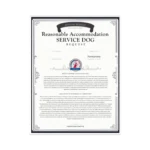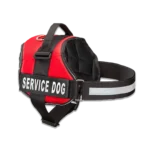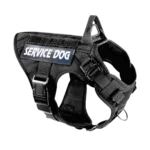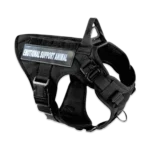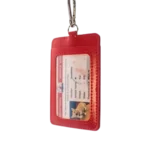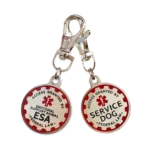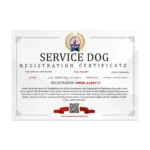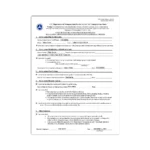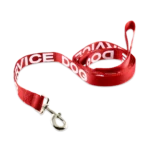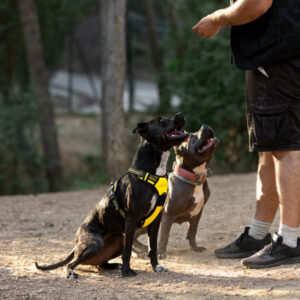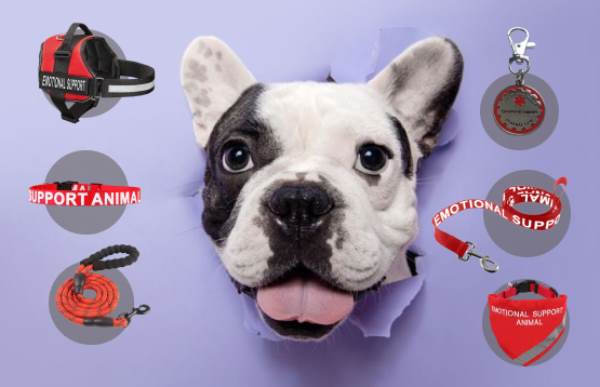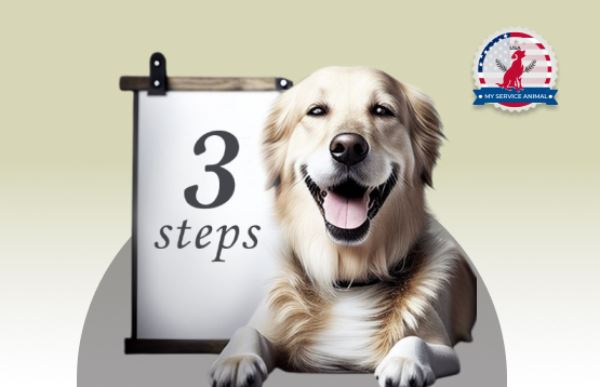People with hearing impairments can have companion animals to help them function in their daily lives. So, in this article, we will tell you how to become the owner of a hearing dog.
What is a helper animal?
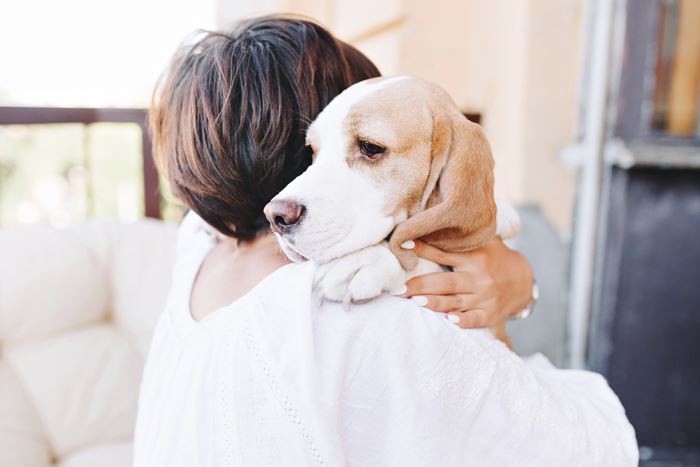
Helper animals are custom-trained assistance dogs that help people with disabilities in everyday life and functioning in society. Service dogs are able to carry out various chores, thanks to which the daily routine of their owners becomes easier. For example, they know how to find and bring the required items, open windows and doors, call the elevator and complete many other small household tasks.
In addition, it has been scientifically proven that animals help improve the psychological state of their owners. Therefore, it is not uncommon for a service dog to participate in the mental illness therapy of its owner.
Impairments that demand service dogs’ assistance
An assistance dog can provide aid to humans with physical, intellectual, mental, and other dysfunctions. Depending on the type of person’s disability, the type of service dog is determined. Service dogs of each category undergo non-identical training in order to meet the disability-related needs of their future owners as efficiently as possible.
The most known category of service dogs is guide dogs for the blind. There are also mobility dogs that help people with mobility disabilities and those who are forced to move around in a wheelchair. These animals supply their owners not only with moral strengthening but also with physical endorsement. An animal can pull a wheelchair or assist during therapy to restore a person’s mobility.
How do hearing service dogs assist humans?
A separate category is hearing dogs, which help deaf people or people with hearing impairments of varying degrees of severity. A hearing dog gives its holder signals thanks to which a hearing-impaired person can better navigate and adapt to their environment.
A hearing dog is trained to distinguish various environmental sounds and to inform its owner about them by showing special signs or making physical contact. For example, it can be such common sounds as the sound of an alarm clock, a door knock, a phone call, a baby cry, or a person being called.
In addition, the dog is taught to react to extraneous unusual sounds, which the life and safety of its owner depend on. For example, when a dog hears a smoke alarm, it gives its owner a signal of danger and helps the person to get to a safe place. Also, with a hearing dog, deaf people can feel more protected, since the dog warns the person of the approach of others, so no one can sneak up from behind.
Cases in which you can become a hearing dog holder
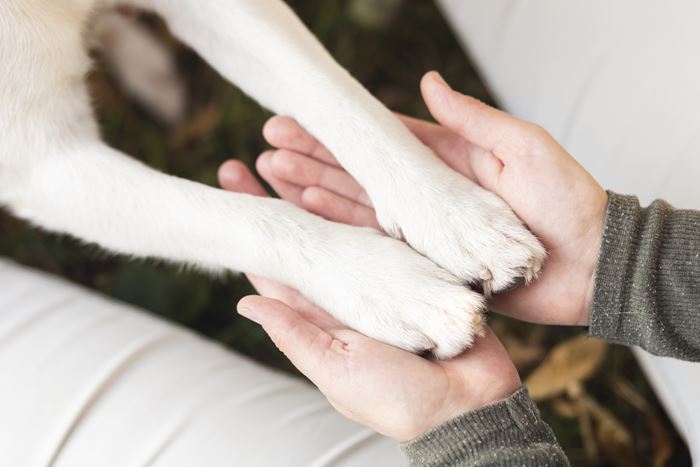
People with hearing impairments can become canine companions if they have doctor-confirmed deafness or profound hearing loss. The doctor must bear the existence of hearing loss in you, determine the degree of its severity and provide a recommendation thanks to which you will be able to get a hearing dog.
At the same time, the person must not have other inabilities, for example, mobility issues or visual impairments, so that they can properly supervise and care for the animal. In addition, usually, there is another mandatory condition for hearing dog keepers is that they are 18 years old or older.
Getting a hearing dog
The very first step to owning an assistance dog is assessing your situation. First, a doctor must estimate the severity of your deafness to determine if you qualify for a hearing dog. Secondly, you should make up your own mind about your readiness to become the keeper of an animal that will require your time, attention, and care.
Once you receive a recommendation from your doctor, you should choose the breed of dog you like and apply for a hearing dog from a chosen provider. It is compulsory for owners of hearing dogs attend training sessions, where a man can get to know the animal and the dog will have the opportunity to get used to one’s needs. After that, a person will have the opportunity to officially become the owner of the animal. You can find some Frequently Asked Questions about Service Dog registration & laws here.
Learn more about how to get a Service Dog doctor’s letter here.
How are hearing service dogs trained?
At the initial stages of training, all service dogs undergo the same tutoring in socialization, obedience, and non-aggressive behavior. Only after that, the specialized coaching for hearing dogs begins. Dogs are taught to respond to specific sounds and are specifically trained to alert people who are deaf. Training starts with basic, most common sounds, and later can include quite specific noises.
At the final stage of hearing dog preparation, the future owner of the animal is also involved in the training process. It is important that the acquaintance of a person and an animal takes place under the supervision of professionals who will explain to you the peculiarities of interaction with hearing dogs. You should also go through additional practice with the animal so that the dog gets used to your needs. Usually, the final stage of preparation takes about two weeks.
What qualities should hearing dogs have?
Like all registered service animals, hearing dogs must be friendly and people-oriented. It is important that the animal has a mild temperament and is calm. Hearing dogs must provide personal protection, but at the same time, they mustn’t respond aggressively to strangers or other animals.
For hearing dogs, it is also important that the animal has a natural attentiveness to sounds and is able to focus on the task at hand. Therefore, hunting breeds of dogs are often chosen for this role.
The best dog for a deaf person
Despite the fact that currently, only dogs can be service animals, there are no specific breed restrictions, so, it depends on your preferences. Medium and small-breed dogs are chosen as service animals more frequently. Labrador Retrievers, Golden Retrievers, Poodles, Cocker Spaniels, and Terriers are most often hearing dogs. These breeds are known for their intelligence, gentle temperaments, active natures, and great interactions with people and other animals. Moreover, these breeds have excellent hearing, and are able to distinguish different sounds, and notify their owners about them.
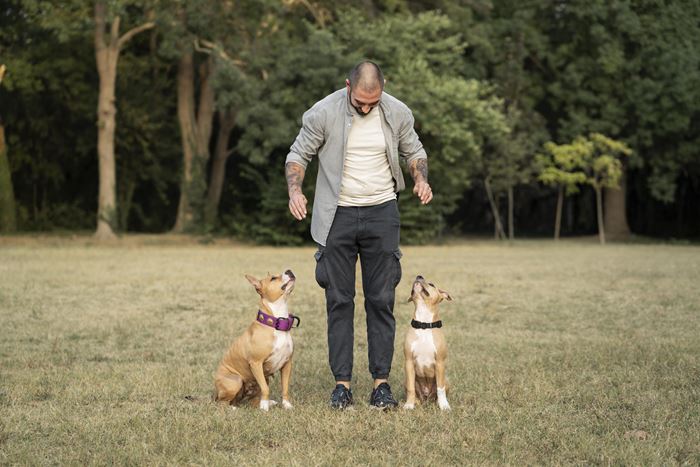
Trustworthy service dog providers
When looking for a service animal, you can check with local providers in each state. The easiest way to find service animal providers near you is to use the services of assistance dogs internationally. This platform will provide you with contacts of proven training centers for service animals in your region.
When choosing a provider, please pay attention to the availability of the documents confirming their right to provide relevant services. They must also have certificates confirming their skills in training service animals to meet the disability-related needs of a person.
How long is the application process?
Processing your application for a hearing dog takes some time. First, the provider must verify the information provided about your disability. After that, the animal must receive special training to be as effective as possible in your situation. The length of training for an animal depends on the severity of your disorder.
All service animals receive basic training, but this is not enough to begin assisting people with special needs. Therefore, on average, the tutoring of hearing dogs takes up to 1 year, including the final stage of preparation in which the future owner is involved.
Supplies that are needed for animal
To become the holder of a service animal you also must have the appropriate service dog equipment and accessories. We recommend purchasing everything you need ahead of time to be fully prepared for pet ownership.
For service animals, it is mandatory to wear a special vest to simplify the identification of the animal in public places. For these purposes, you also need a Service Dog animal ID card and an ADA Pet Tag. Besides, you have to buy a collar and several types of ADA leashes. If you plan to travel with an animal, you will also necessitate a muzzle and a carrier that fits the animal’s size.
In addition, it is essential that the dog feels comfortable. For this, we recommend buying a special bed for an animal and toys. Also, pay special attention to choosing the appropriate food and treats for training.
Alternative ways to get a service dog
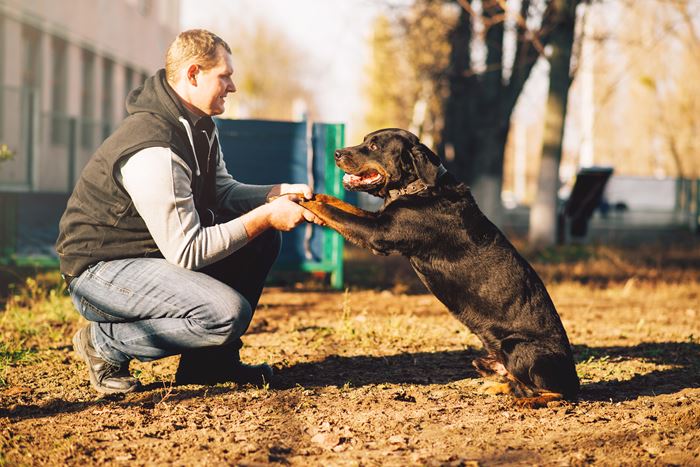
If you already have a dog, you can train it to become a service one. For this, you ought to contact a professional service dog trainer who will be able to prepare your animal to meet your needs. This is not just basic training, it is the adaptation of the animal to help its owners, so the preparation takes more time. You can find more about how to register a service dog in our article.
Also, if you don’t want to wait quite a while to get an animal from the providers, you have the option to adopt not a puppy, but an older animal that already has experience helping people with hearing damage. Yet, this method can have its pitfalls, as the animal adapts to the owner’s needs. Service animals that have already helped disabled humans may not meet your requirements, and you will have to retrain the dog all over again.
